Rubber Foam Board: Engineered Durability in Harsh Environments
2025-10-14 14:56:00
In sectors where materials are constantly exposed to extreme temperatures, moisture, vibration, and corrosive substances, the right insulation can mean the difference between long-term stability and costly maintenance. The Rubber Foam Board has earned a reputation for resilience and reliability in such demanding environments.
Developed through advanced manufacturing technology and widely available from rubber foam board manufacturers in China, this closed-cell insulation material provides superior durability, ensuring stable performance across marine, offshore, and industrial applications.
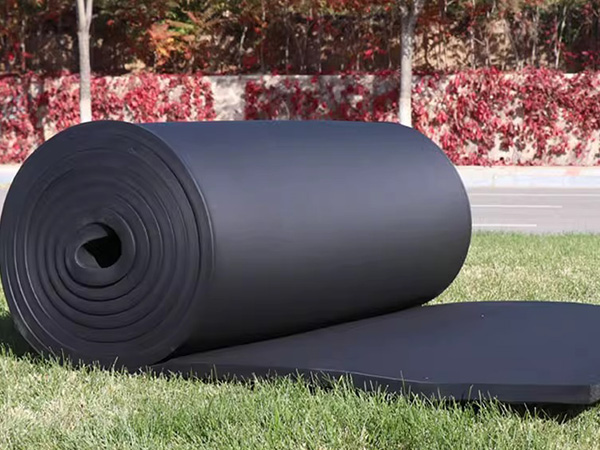
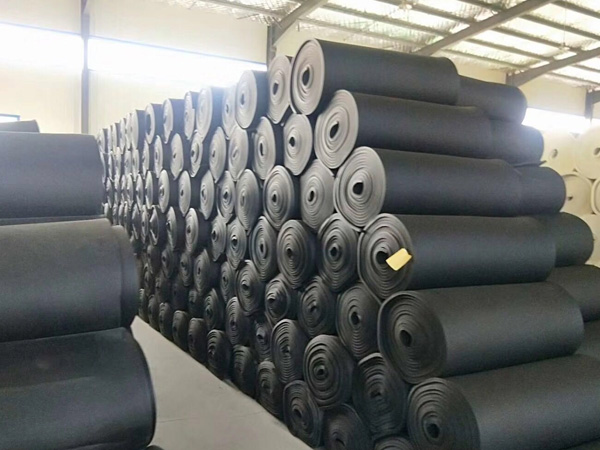
1. What Defines a Rubber Foam Board?
A Rubber Foam Board is a high-performance insulation material made from synthetic elastomers like NBR (Nitrile Butadiene Rubber) and EPDM (Ethylene Propylene Diene Monomer). During the foaming process, the material forms a closed-cell structure filled with tiny air pockets.
This design creates a strong yet flexible board that resists water absorption, reduces heat transfer, and maintains its shape even when subjected to vibration or compression. It’s a preferred choice where environmental stress and longevity are key considerations.
2. Why Rubber Foam Board Excels in Harsh Conditions
The long-term stability of Rubber Foam Board is due to its molecular composition and structural integrity. Its durability can be analyzed through five major performance aspects:
a. Moisture and Corrosion Resistance
Unlike traditional fibrous insulation, which can trap water and promote corrosion, the closed-cell design of rubber foam prevents liquid and vapor infiltration.
This property makes it ideal for ship hulls, marine pipelines, and offshore installations, where condensation and saltwater exposure are persistent threats.
b. Temperature and Thermal Stability
Rubber foam insulation maintains flexibility and performance from –50°C to +110°C.
EPDM-based foam, in particular, endures constant temperature fluctuations without cracking or hardening, making it suitable for both cryogenic and high-heat systems.
c. UV and Ozone Protection
Outdoor environments pose another durability challenge — ultraviolet degradation.
The molecular structure of Rubber Foam Board resists oxidation and ozone aging, preventing surface brittleness and extending service life for installations exposed to sunlight.
d. Fire and Smoke Safety
Modern formulations meet fire resistance standards such as IMO FTP Code and UL 94, producing minimal smoke and toxic gas when exposed to flames.
This feature is especially valuable in confined marine compartments and offshore platforms where fire risk must be minimized.
e. Chemical and Oil Resistance
Chemical stability is another hallmark of rubber foam. Its dense cell walls repel oil, acids, and many industrial solvents, ensuring no swelling, softening, or cracking occurs during prolonged exposure.
3. Proven Longevity and Material Integrity
Durability is more than short-term toughness — it’s about how well a material performs over years of use.
Research on elastomeric insulation materials shows that Rubber Foam Board retains its elasticity, shape, and insulation value for over a decade, even under constant vibration and environmental stress.
Compared to mineral wool or fiberglass, rubber foam remains intact, doesn’t shed particles, and requires minimal maintenance. This stability leads to lower operational costs and reduced downtime, particularly in remote offshore locations.
4. Real-World Applications in Harsh Environments
The versatility and resilience of Rubber Foam Board make it suitable for a wide variety of applications, including:
Marine Vessels & Offshore Platforms: Protection against water, vibration, and temperature variation.
Power & Chemical Plants: Insulation for equipment exposed to oil vapors and corrosive gases.
Refrigeration & HVAC Systems: Prevention of condensation and energy loss in pipelines.
Heavy Equipment & Vehicles: Acoustic and thermal damping to reduce operational noise.
Renewable Energy Facilities: Long-lasting insulation for outdoor or semi-exposed systems.
Across these sectors, rubber foam’s resistance to compression and mechanical fatigue ensures performance stability, even under demanding workloads.
5. Installation and Maintenance for Longevity
Correct installation practices significantly influence insulation lifespan.
To optimize durability, professionals recommend:
Cleaning and drying all surfaces before adhesion.
Using marine-grade adhesives or mechanical fasteners.
Sealing joints with matching foam tape or vapor barriers.
Shielding the foam from direct sunlight or oil contamination.
Routine inspections every few years help ensure the insulation remains fully intact. With proper installation, a Rubber Foam Board can last 10–15 years or longer without major degradation.
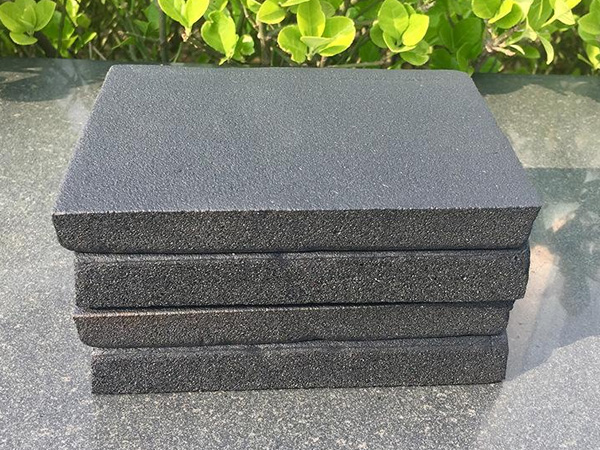
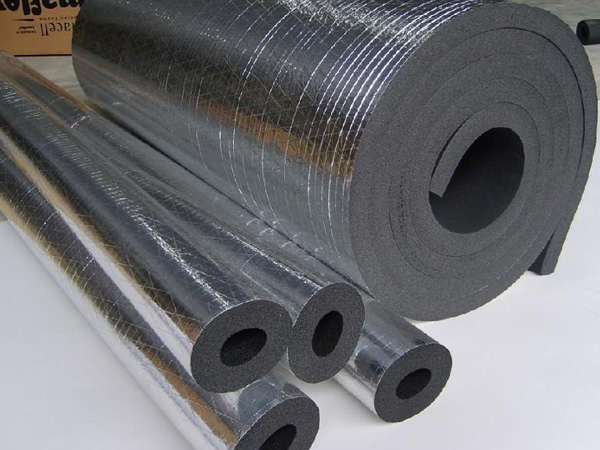
6. Choosing the Right Supplier
Reliability starts with material quality. Partnering with a rubber foam board manufacturer in China ensures access to large-scale production, customized formulations, and bulk supply options suitable for industrial or offshore projects.
High-quality suppliers typically offer:
Compliance with ISO, ASTM, and IMO standards.
Certified performance testing for fire, moisture, and temperature resistance.
Flexible dimensions and densities for project-specific requirements.
Export experience and consistent logistics support.
By sourcing directly from Chinese factories, project contractors benefit from both competitive pricing and strict quality assurance, ensuring every batch meets global application standards.
7. Conclusion: The Long-Life Insulation Solution
In extreme environments where heat, humidity, and chemicals constantly challenge materials, the Rubber Foam Board stands as a proven, durable insulation solution.
Its combination of thermal efficiency, moisture resistance, and mechanical strength guarantees long-term performance — even in the most demanding marine and offshore settings.
Choosing a rubber foam board supplier in China with factory-level bulk production ensures dependable quality and reliable delivery for global projects.
Built to resist, engineered to last — Rubber Foam Board remains the insulation material of choice when durability truly matters.
References
GB/T 7714:Rostami-Tapeh-Esmaeil E, Rodrigue D. Morphological, mechanical and thermal properties of rubber foams: a review based on recent investigations[J]. Materials, 2023, 16(5): 1934.
MLA:Rostami-Tapeh-Esmaeil, Ehsan, and Denis Rodrigue. "Morphological, mechanical and thermal properties of rubber foams: a review based on recent investigations." Materials 16.5 (2023): 1934.
APA:Rostami-Tapeh-Esmaeil, E., & Rodrigue, D. (2023). Morphological, mechanical and thermal properties of rubber foams: a review based on recent investigations. Materials, 16(5), 1934.

OurFlame Retardant Rubber Foamis a premium closed-cell elastomeric insulation material engi...
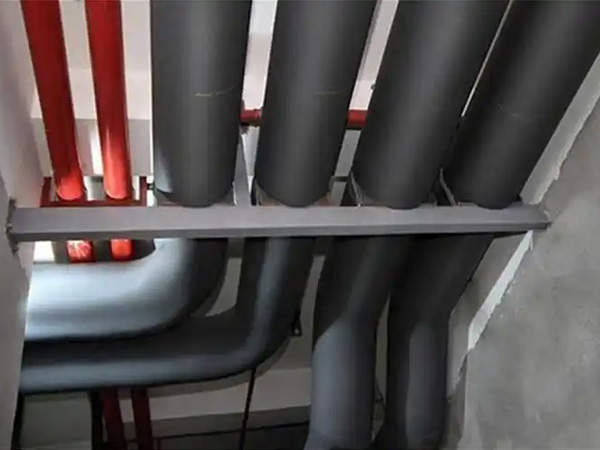
OurRubber Pipe Insulationis a high-performance solution designed specifically for HVAC pipi...
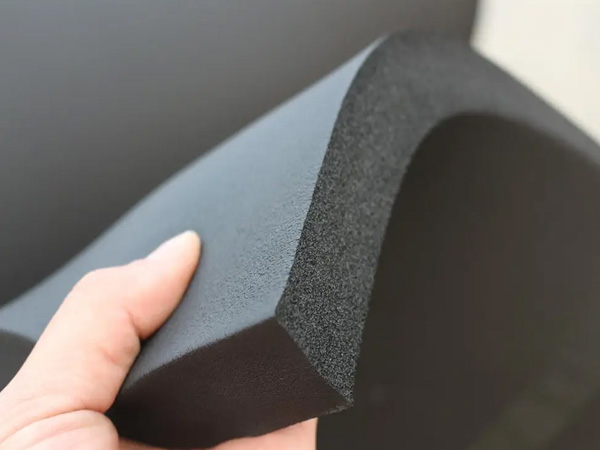
Rubber Foam Insulation Sheet – Product Introduction Premium Flexible Insulation for Therm...
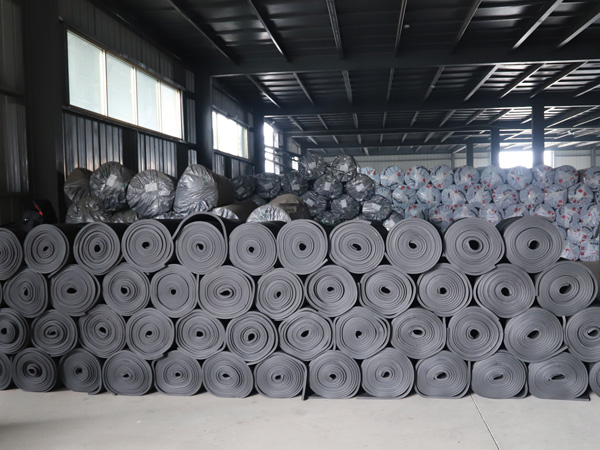
Specially engineered for refrigeration applications, ourElastomeric Rubber Insulationprovid...



